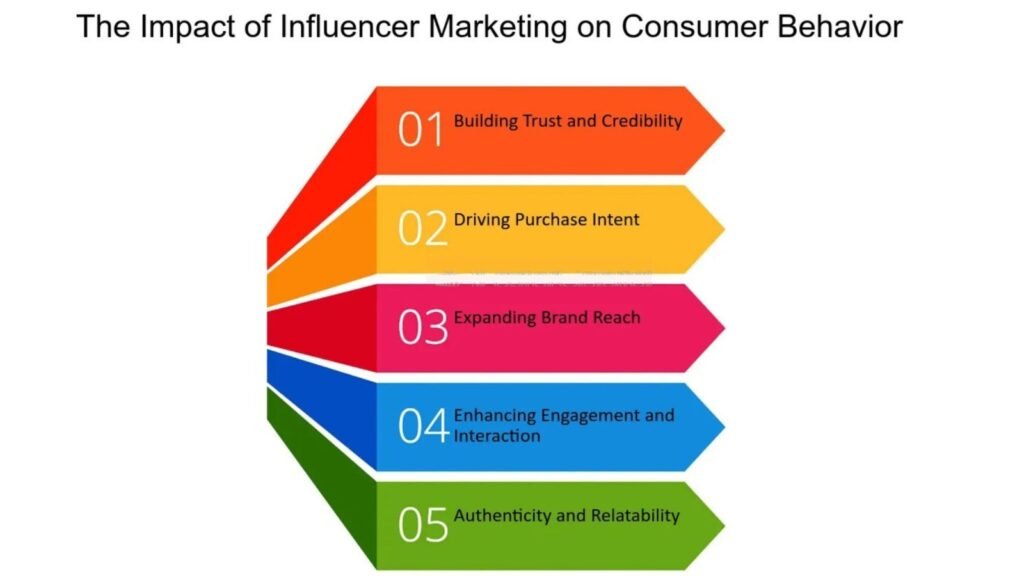How Influencer Marketing is Changing Consumer Behavior ?
Influencer marketing is the transformative force that has shaped the digital landscape. Brands have now found a way to connect with consumers by tapping into the power of trusted voices on social media and fostering authentic relationships with their target audience. In contrast, influencer marketing thrives on trust, relatability, and the actual engagement influencers have with their follower’s sense of approachability that often misses traditional advertisements. This paper investigates how the very nature of influencer marketing is rewriting consumer behavior and why businesses need to take influencer marketing very seriously.
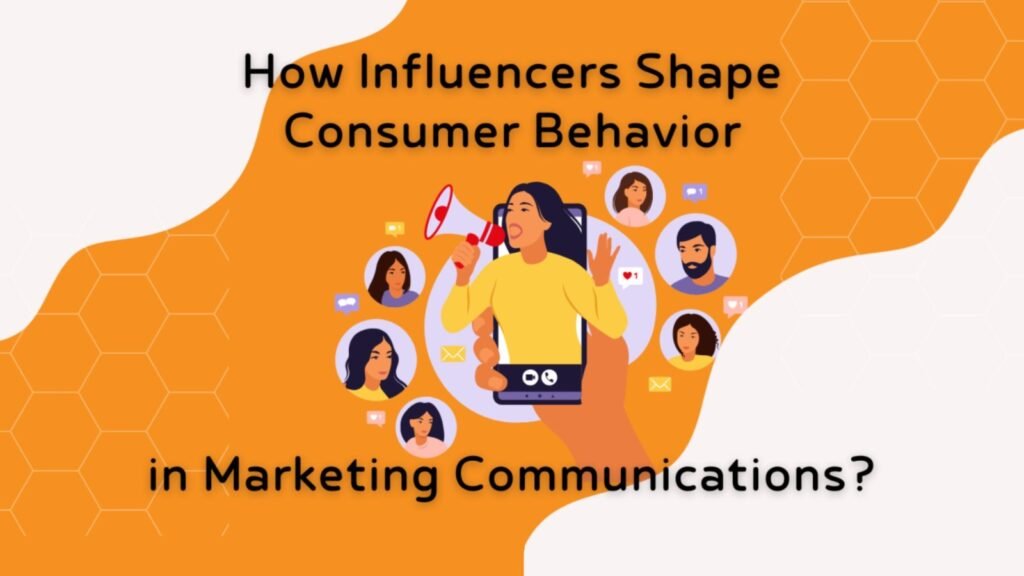
The dawn of influencer marketing.
The emergence of social media such as Instagram, TikTok, and YouTube has brought forth a new generation of digital personalities: influencers. These could range from a macro influencer with millions of followers to micro and nano influencers at times with very few but highly engaged audiences. They can indeed influence consumer decisions, and as studies show, 61% of consumers trust the recommendations of influencers more than any other traditional form of advertisement. Trust is deeply sourced in the authenticity of influencer authenticity: sharing personal experiences, product/service reviews, and insights. Often, influencers are easily relatable figures for a follower. Through their lifestyles and opinions, a lot of influence is drawn and reflected in what they have created, which most audiences can appreciate in their endorsement campaign. Consumers often feel more at ease when choosing to buy, knowing that some influencer recommended or used these products. There has been considerable influence on consumers’ discovery of, evaluation, and purchase decisions.

How Influencers Influence Consumer Behavior.
Influencer marketing influences consumer behavior in the most important way through social proof. When individuals see their favorite influencers using a particular product, they perceive it as valuable and trustworthy. This sets off a chain reaction where followers aspire to have similar experiences, hence promoting sales and brand loyalty. For instance, if an influencer shares a skincare routine that involves a specific product, then it will inspire his followers to use the same brand.
On top of that, influencers have exploited the psychology of FOMO: Fear of Missing Out. Influencers often create a sense of urgency when dealing with limited-time offers or with exclusive launches or collaborations; these tactics lead to impulsive buying as consumers fear missing out on whatever is popular. Another important factor is that value-driven consumerism is on the rise. In many cases, influencers tend to support causes or brands that resonate with their personal values, such as being sustainable, ethically operational, or respectful of all individuals. As their followers become influenced by these values, they start becoming brand ambassadors for their ideals. Therefore, the need for partnering with influencers whose ethos matches their own is important.
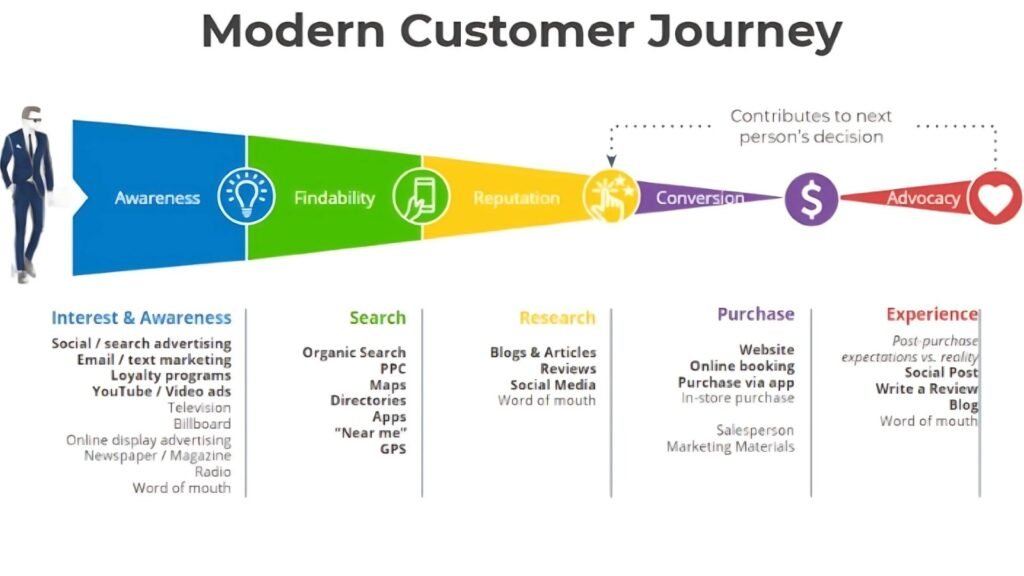
Trends in Influencer Marketing
In influencer marketing, the trends are always changing. But micro and nanoinfluencers have recently formed one of the most remarkable trends. Having small audiences with tiny niches, these influencers might be more engaged and create a better conversion rate. Brands are increasingly coming forward to team up with them to achieve authentic and niche outcomes.
Video content also dominates the space of influencer marketing. TikTok and Instagram Reels have made short-form videos a powerful tool for engagement. Influencers use these formats to provide product demonstrations, tutorials, and unboxings, which make an interactive experience that someone can very well relate to for their followers. The collaborations between influencers and brands have also been creative. No longer are influencers just endorsing products; they are co-creating them. They design exclusive product lines, collaborate on campaigns, and add credibility and excitement to consumer preferences.
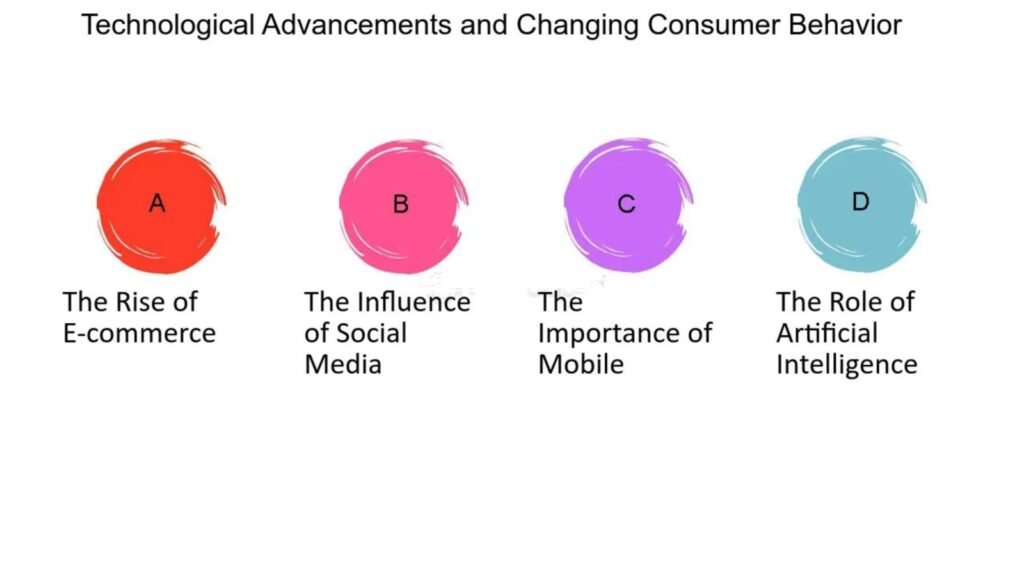
Challenges in Influencer Marketing
In spite of all these successes, influencer marketing is not free of challenges. Fake followers and engagement remain a huge problem because some influencers inflate their metrics to look more attractive to brands. This is where tools and analytics help brands find genuine influencers with real followings.
Another challenge is maintaining transparency and authenticity. Sponsored content must comply with regulations, such as disclosing paid partnerships. Influencers who fail to do so risk losing their audience’s trust. For brands, choosing the right influencer is critical; a mismatch in values can lead to negative publicity and lost credibility.
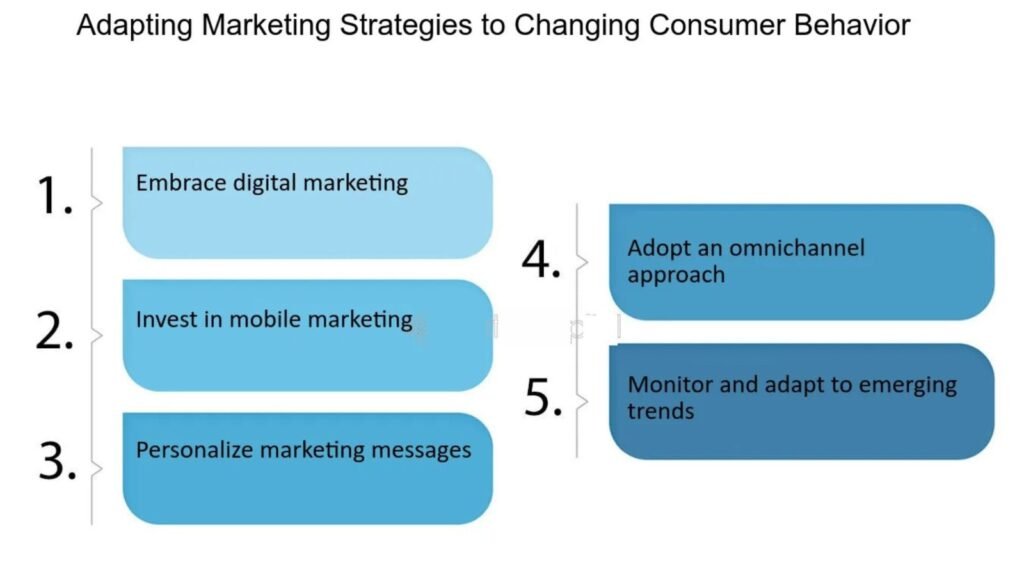
The Future of Influencer Marketing
Going forward, influencer marketing will become even more advanced with the evolution of digital marketing. Artificial intelligence is already being used to find perfect influencers, predict campaign success, and make measurements of performance metrics. AR and VR technologies are also facilitating immersive shopping experiences powered by influencers. The end result, however, will be a much more effective direction in which consumers behave: stronger brand-audience connections. For the above-mentioned reasons, authenticity, trust, and value delivered make it an important core element of any marketing strategy today. In fact, it has now become compulsory for businesses to invest in influencer marketing and keep pace with the digital fast world.
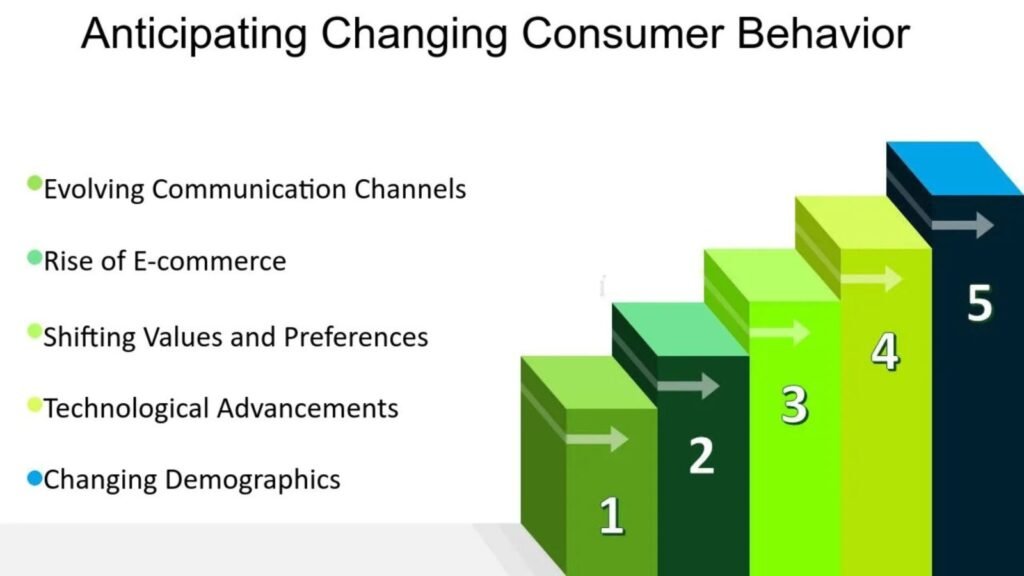
Conclusion The role of the influencer has changed the dynamics of marketing and consumer behavior toward brands from building trust and social proof to affecting trends and purchasing decisions. Focusing on authentic connections, value-driven partnerships, and innovative strategies can well be the key to continuing the kind of traction that brands need to exert over consumer behavior and dwell on conversations about brand audiences
